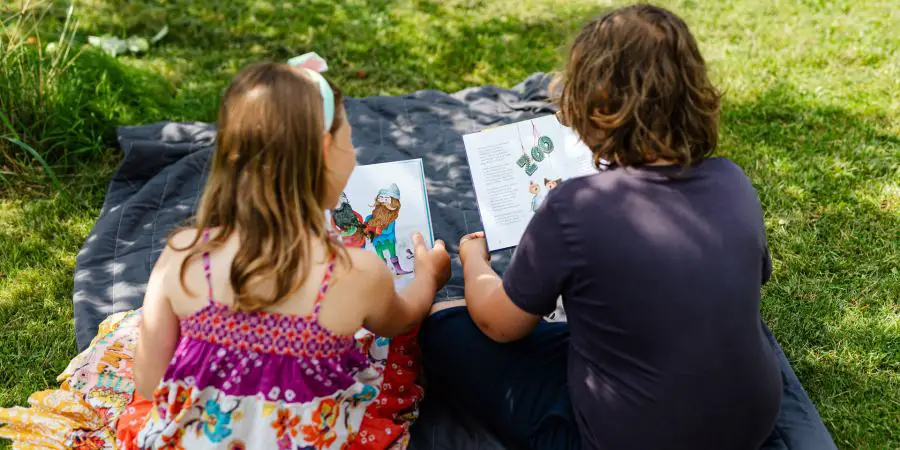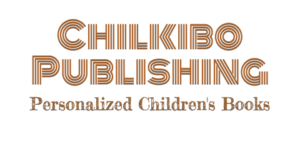
So, you want to be a children’s book author. You think it’s easier to write for kids since they have a simple vocabulary and an even simpler worldview.
Writing for children isn’t easier than writing for adults. If anything, it’s more challenging to write children’s books. For one, “children” covers a variety of marketing categories. You can’t write for children aged 0-3 the same way you’d write for children aged 8-12.
This article will elaborate on why it’s harder to write for children than adults. I’ll also talk about how easy or difficult it is to publish a children’s book.
Why Is It Difficult To Write for Children?
Many children’s book authors such as Fran Wilde, Carlos Hernandez, and Rachel Hartman can attest that writing books for young readers isn’t as easy as it sounds. There are a few reasons for this.
It’s challenging to write for children for the following reasons:
- You have to mind the age of your target readers.
- Every element in your book should serve a purpose.
- Some types of content might not suit your target readers.
- You still need to tell a good story.
Let’s unpack the difficulties of writing for children below.
You Have To Mind the Age of Your Target Readers
As I mentioned, writing for babies and toddlers is different from writing for prepubescent kids.
Children’s books fall under the categories outlined in the table below:
| Age Range | Category | Type of Book | Content | Word Count |
| 0-3 | Baby / Toddler | Board Book | Emphasizes visuals over text; uses baby-friendly words (if it uses words at all) | 0-200 words |
| 2-8 | Young Children | Picture Book | Uses more words than board books; Helps improve children’s reading skills, comprehension, and emotional intelligence | 200-1,000 words |
| 5-10 | Young Children / Children | Chapter Book | More difficult and wordy than picture books; in between picture books and middle-grade books | 1,000-10,000 words |
| 8-12 | Children / Prepubescent Children | Middle-Grade | More mature and complex themes compared to those for younger readers, but usually has children as main characters | 10,000-30,000 words |
Some sources count young adult (YA) novels as “children’s books.” I’ll assume your target readers are 12 years old and below for brevity’s sake.
Every Element in Your Book Should Serve a Purpose
You’ll notice that, except for middle-grade books, children’s books usually include pictures to accompany the text (and vice versa, in the case of younger readers).
That’s because, unlike adults, children don’t have as much patience for walls of text. As John Fox from The Book Fox points out, if you’re writing over 1,000 words for a picture book, you’re doing it wrong.
Also, as you can see above, there are industry standards for word counts per marketing category.
Therefore, every word matters if you’re writing the text for children’s books. To paraphrase Kurt Vonnegut, each sentence must advance the plot or reveal information about a character.
Some Types of Content Might Not Suit Your Target Readers
To be clear, it’s okay to touch on mature themes like domestic violence and abuse in children’s books. That’s especially true for middle-grade novels.
However, you should know that publishers may not want to put out the book you have in mind because parents wish to control what their children read.
One way to tackle “mature” themes in children’s books is to give your child characters more agency. In other words, make your child character an active participant in their own story, regardless of how difficult their circumstances are.
No matter how “dark” the theme you choose to touch on, you have to show kids the proverbial light at the end of the tunnel. Save the cynical content for older readers.
You Still Need To Tell a Good Story
Just because you’re writing for children doesn’t mean you can throw the rules of good writing out the window.
When you’re writing for children, you still need:
- Well-rounded characters. Your main character may look weird or have a quirky personality. But if you can’t give children a reason to root for that character, you won’t hold their attention for long.
- Strong plots. Aside from solid characterization, an intense conflict will keep children invested in your story. Your character must have a problem they need to solve, and whatever comes between them and the resolution of the issue should keep a child turning pages.
- Child-friendly writing. Don’t confuse “child-friendly” with “overly simplistic.” Use words children understand, but don’t insult your readers’ intelligence. Think about what a child can gain from your story without being too preachy, like increased empathy for “the other” (i.e., people who don’t belong to the same social group as the child).
Now that I’ve covered the difficulties of writing a children’s book, let’s talk about what it’s like to publish one.
Is It Easy To Publish a Children’s Book?
You probably think the hard part is over once you have written a children’s book. But it’s only just beginning.
It’s not easy to publish a children’s book. When you go with a major publisher, you must contend with deadlines, constant revisions, and massive publisher cuts. When you self-publish or go with an indie publisher, you get all the benefits and control and shoulder all the losses.
Whether you go the traditional, indie, or self-publishing route, remember that each has pros and cons. Also, it’s more challenging to market books to children because you also need to market to their parents, who may have their ideas of what makes a children’s book suitable.
But once you get your book out there, all that effort is worth it. It’s always nice to know you’ve touched the lives of at least one child. That’s probably the reason you decided to become a children’s author in the first place.
Conclusion
To be clear, I don’t claim to have the magic formula for writing the “perfect” children’s book — meaning, something that has a good story, appeals to the most significant number of readers, and lands you publishing deals left and right.
Nonetheless, I hope I’ve given you a good idea of what to expect if you want to break into the children’s book market as an author. Make sure to find a good editor, agent, and publisher and work out the finer details with them. Best of luck!
Sources
- The Washington Post: Three children’s authors on the importance of tough topics in young people’s literature
- The Writer: 5 terrible, horrible, no good, very bad children’s book mistakes
- BookFox: How to Write a Children’s Book in 12 Steps (From an Editor)
- Gotham Writers: Kurt Vonnegut: 8 Basics of Creative Writing
- The Atlantic: How Banning Books Marginalizes Children
- Common Sense Media: Books That Teach Empathy
- Writers Guild: If You’re Looking for Easy Side Income, Writing a Children’s Book Isn’t the Answer
- ToughNickel: Writing a Children’s Book Challenges
- The Guardian: Top writing tips for new children’s authors from top editors


